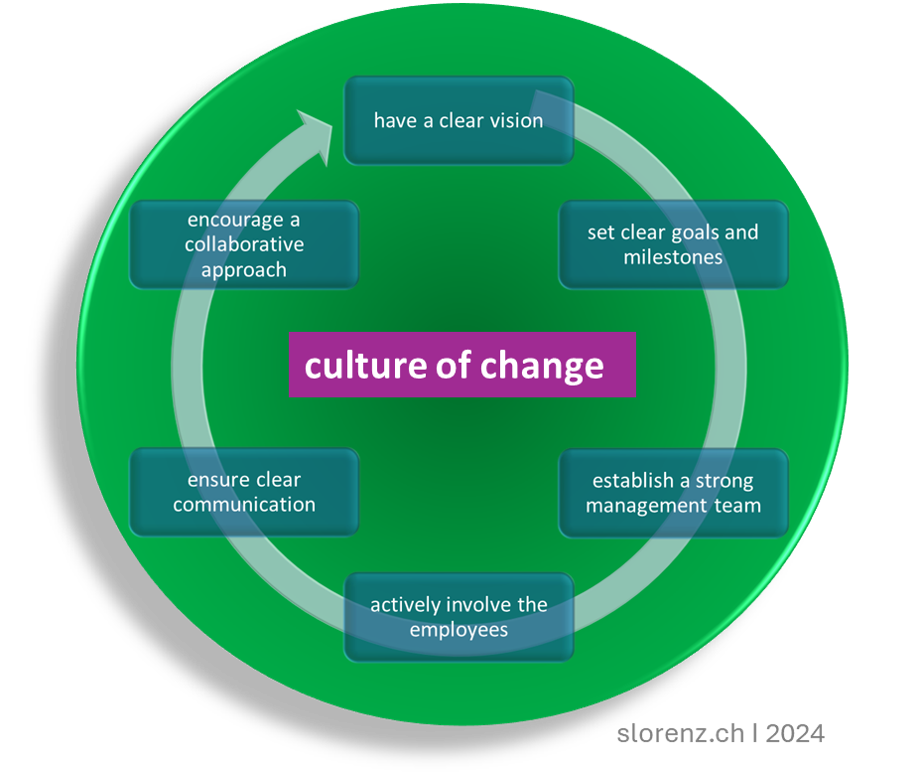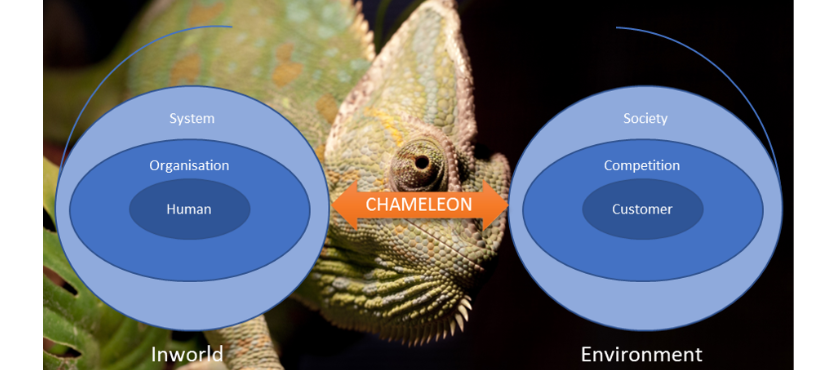🌏 The increase in complexity in everyday working life can hardly be slowed down. New ideas and innovations are driving great achievements and at the same time are responsible for building walls. Networking and automation in a global ecosystem are beyond human comprehension and are leading to a steady increase in competition and the pace of required work performance is in the fast lane.
➜ If the appropriate preparatory measures for these changes are not taken at the right time and supported by suitable communication and training measures, this can lead to excessive demands, stress, conflicts and burnout.
➜ This is the responsibility of the #leadership. In my experience, it is important to create a strategically integrative plan for the future transformation that corresponds to the spirit of the company, plausibly presents integrating measures and milestones and consciously includes #consequence management.

In order to successfully accompany a transformation, it is important to…
👉 have a clear vision,
👉 set clear goals and milestones,
👉 establish a strong management team,
👉 actively involve the employees,
👉 ensure clear communication
👉 and encourage a collaborative approach.
It is also crucial to anticipate resistance and take appropriate measures to support employees in adapting to change.
For a transformation to be successful, I believe it is essential to first create an environment in which people are willing to change. This is often the biggest hurdle and requires a holistic approach in order to create a culture of change. Various change management skills need to be cultivated, both at an individual and organisational level, in order to navigate through the transformation process and achieve positive results.
🎯 It is the ability that enables and the will that inspires!
Would you like to challenge your current situation? I will be happy to act as your sparring partner.
Take care & best regards
Stephan
📷 Photo by #Hannes Thalmann, University of St. Gallen





